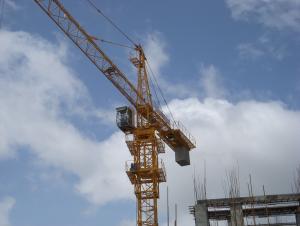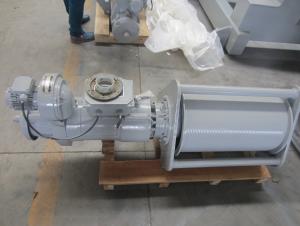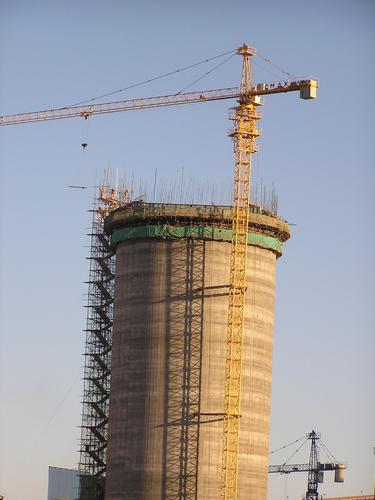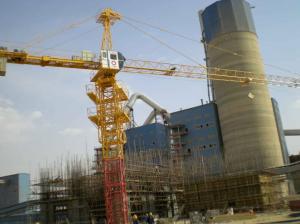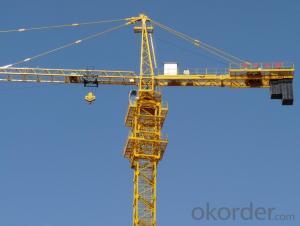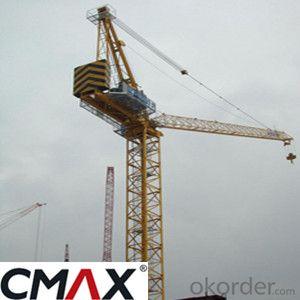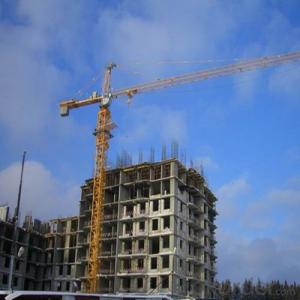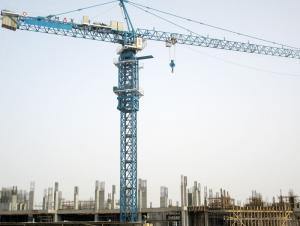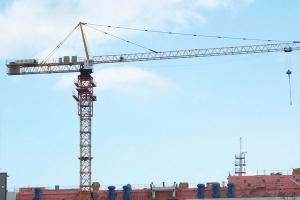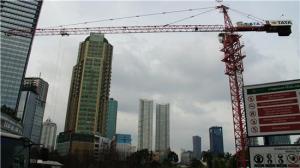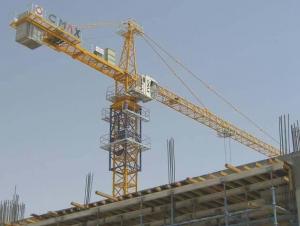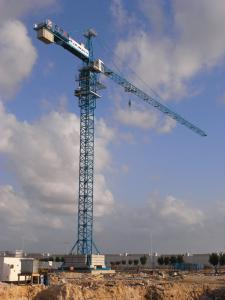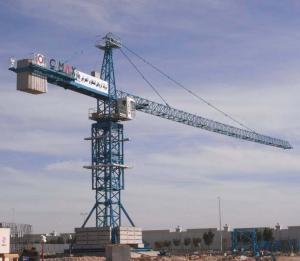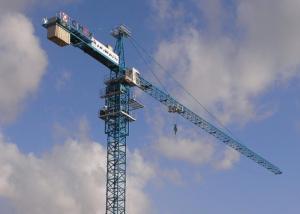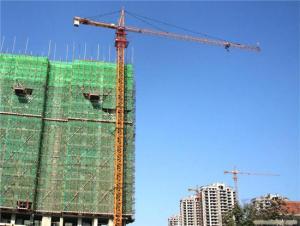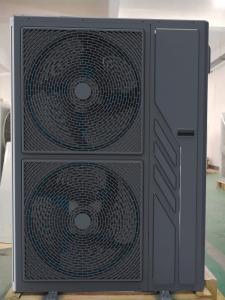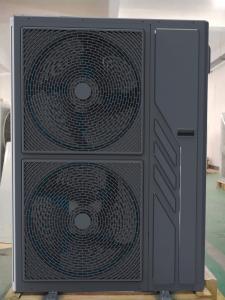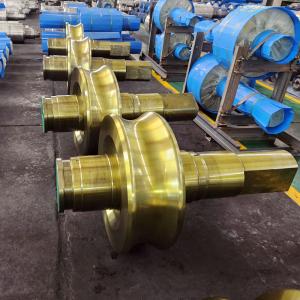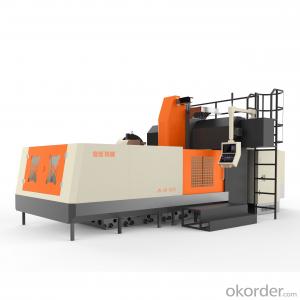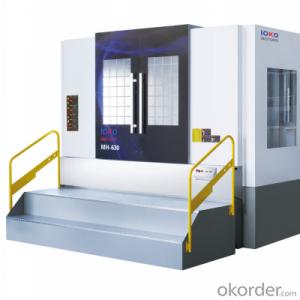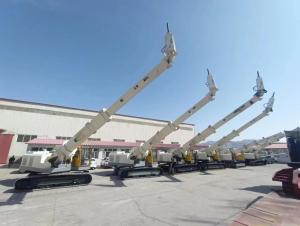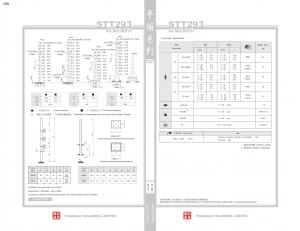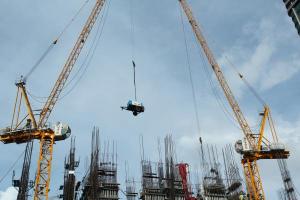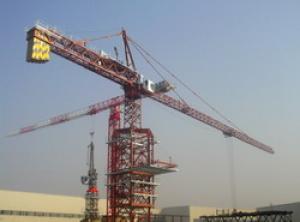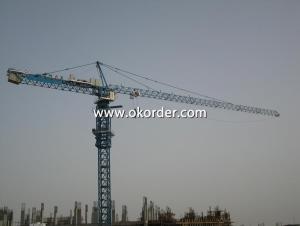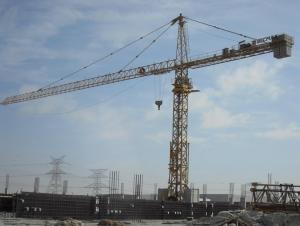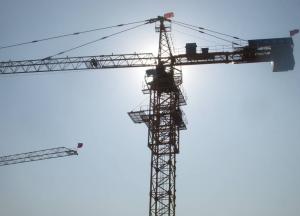TOWER CRANE SL7027 designed with a rope-supporting trolley
- Loading Port:
- Shanghai
- Payment Terms:
- TT or LC
- Min Order Qty:
- 1 unit
- Supply Capability:
- 1000 unit/month
OKorder Service Pledge
OKorder Financial Service
You Might Also Like
1. The lifting boom and balance boom adopt cantilever boom structure, which reduces the hoisting modular and makes it more safe, convenient and flexible to install and uninstall, and reduces the requirements for hoisting equipment and the site.
2. Multiple special mounting brackets are available, which saves the installation time and ensures safe and quality installation.
3. The lifting boom adopts cantilever boom structure and variable cross-section materials, featuring more reasonable structural stress and long service life; and it is easier to make different combination of boom length.
4. It adopts standard sections (for models of over 12t) of piece assembly structure, split structure stock, and assembled platform, which meet the transport requirements for standard container.
5. The extra-long boom is designed with a rope-supporting trolley, and the speed of which is 1/2 of that of the luffing trolley, which can achieve the most optimum rope-supporting effect. The structure has applied for national patent.
6. The lifting mechanism adopts speed regulation by frequency control or by eddy current brake series resistance, featuring good lifting performance; The slewing system adopts frequency control by torque electric motor or by coil winding type electric motor with hydraulic coupler, featuring smooth operation and small slewing impact.
7. All kinds of safety devices are reliable and easy to adjust; both the safety monitoring control system and traditional safety system are available, the double system ensures safety operation of the tower crane; the hydraulic system adopts low/medium pressure design, featuring higher safety and reliability.
Technical Sheet for TC7027
Free standing height (m) | 51.7 | ||||
Max height with attachment (m) | 198.7 | ||||
Working range can be adjusted (m) | 30、35、40、45、50、55、60、65、70 | ||||
Working range (m) | 4.3-70 | ||||
Max lifting capacity (t) | 16 | ||||
Tip load @ 70m (t) | 2.7 | ||||
Hoist mechanism (VFD+PLC) | Falls | 2 | 4 | ||
Lifting capacity (t) | 0-4 | 0-8 | 0-8 | 0-16 | |
Speed (m/min) | 0-96 | 0-48 | 0-48 | 0-24 | |
Motor | 75LVF40 75KW | ||||
Trolleying mechanism (VFD+PLC) | Speed (m/min) | 0-65 | |||
Motor | 7.5DVF8 7.5kw | ||||
Slewing mechanism (VFD+PLC) | Speed (r/min) | 0-0.7 | |||
Motor | RCV185 185N.m×2 | ||||
Climbing speed (m/min) | 0.5 | ||||
Counterweight (t) | 26 | ||||
Mast section size (L×W×H)m | 2×2×3 ( panel mast type ) | ||||
Working temperature | -20-+40℃ | ||||
Total power (KW) | 112.5 | ||||
Power supply requirement (KVA) | 255KVA for generator | ||||
Cable type ( within 30 meters from site power source to lower electric box of tower crane ) | |||||
Startup voltage & current | 380V×95%=381V 269A | ||||
Rated working voltage & current | 380V 159A | ||||
Loading Chart
71m Jib Length:
R(m) | 3.7 – 16.1m | 17 | 20 | 31 | 40 | 44 | 50 | 55 | 60 | 65 | 70 |
a=2 (t) | 8t | 5.8 | 6.24 | 4.4 | 3.8 | 3.4 | 3 | 2.7 | |||
a=4 (t) | 16t | 15 | 12.2 | 6.82 | 4.62 | 5.71 | 3.22 | 2.62 | 2.22 | 1.82 | 1.52 |
65 m JibLength:
R(m) | 17.1m | 20 | 29.6 | 32.9 | 35 | 40 | 50 | 55 | 60 | 65 | |
a=2 (t) | 8t | 7.4 | 6.3 | 4.8 | 4.2 | 3.7 | 3.35 | ||||
a=4 (t) | 16t | 13.2 | 8 | 6.92 | 6.32 | 5.22 | 3.72 | 3.12 | 2.62 | 2.27 | |
60m Jib Length
R(m) | 17.1 | 20 | 29.6 | 32.9 | 35 | 40 | 45 | 50 | 55 | 60 | |
a=2 (t) | 8t | 7.4 | 7 | 5.5 | 4.8 | 4.12 | 3.7 | ||||
a=4 (t) | 16t | 13.2 | 8 | 6.92 | 6.32 | 5.92 | 4.42 | 3.72 | 3.2 | 2.62 | |
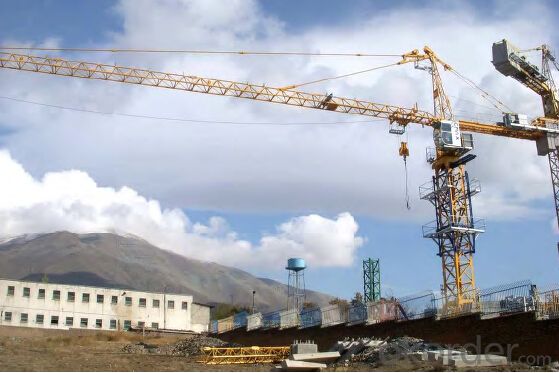
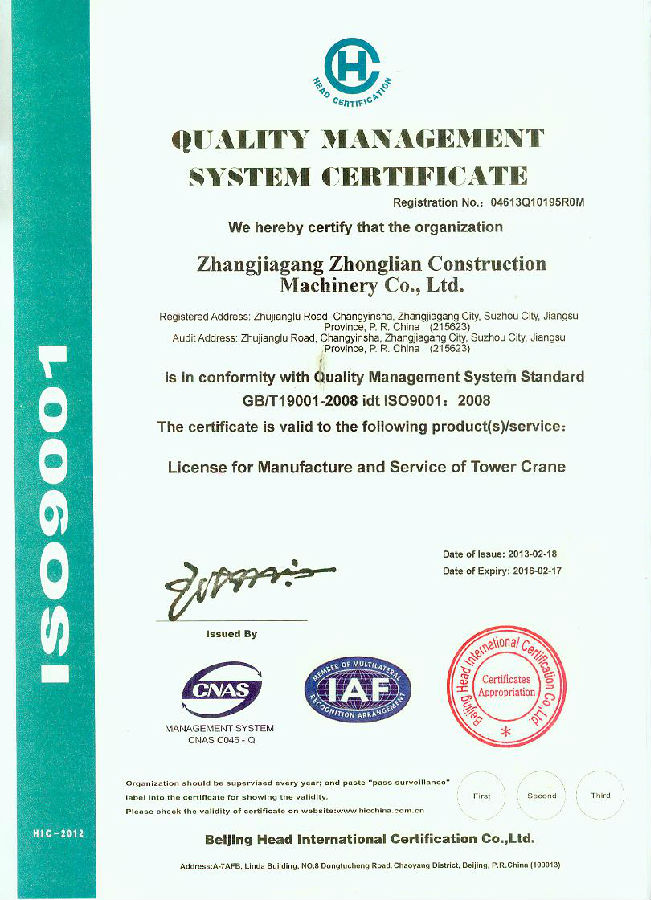
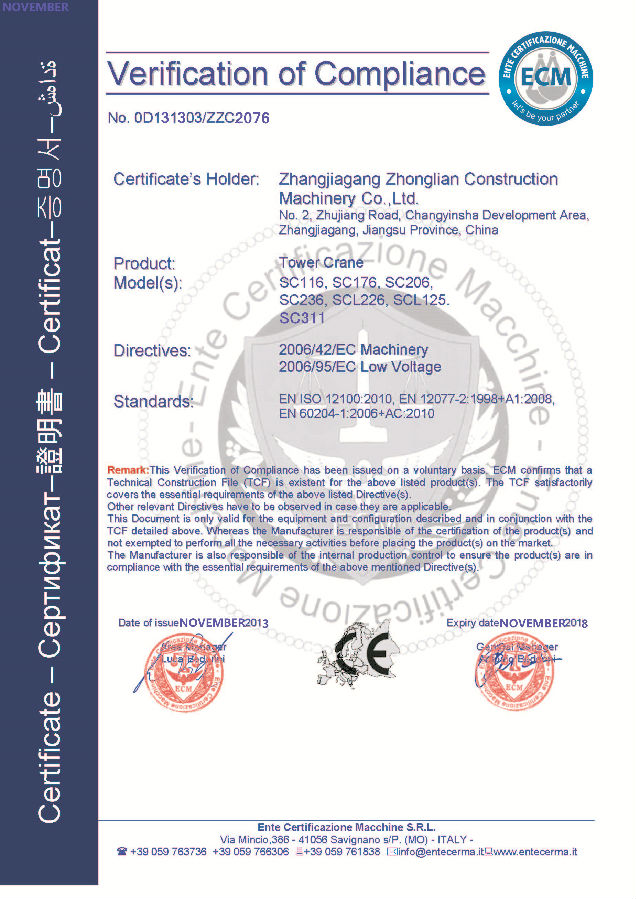

- Q:I already have 864 cranes and I wanna know what kind of wishes can I make? And are there consequences?Can I wish something like my mom won the lottery and we become rich? (Just an example!)And can you wish for death? (Just a question!)
- You can make whatever wishes you want. Just remember that the wishes you make reflects what kind of person you are. So maybe you should make wishes you can be proud of. Also remember, if wishes were horses beggars would ride If you for example would wish that you would have $10, your wish is most likely to be fulfilled if you manage to sell each origami crane for 1 cent... Generally wishes come true if you really work for them, Not by sitting, doing nothing and wishing.
- Q:i am having trouble finding out 2 points that Stephen Crane makes about courage in this story. can anyone please help me? =(
- Please see the website below for much more information. There are many good notes about the book, The Red Badge of Courage. Chapter 11 Fear of Battle 7: The burst of courage that Henry feels is purely produced by the actions of those around him; he feels compelled to be like the idealized warriors he perceives the men in front of him to be. Yet, his internal doubt of being able to fulfill the social expectations that he feels ultimately holds him back from acting on this burst of courage. Chapter 12 Fear of Battle 8: With Wilson's newfound maturity comes an acceptance of battle, which is neither the quaking fear of the new regiment or the biting sarcasm of the veteran soldiers. This is the first glimpse of the true internal strength that Henry searches for within himself. It is a glimpse of something that does not surface often among the soldiers who have found it, for Henry sees that the veterans often cover up this internal strength with a cocky sarcasm that is both imposing and difficult to see through. Chapter 17 Fear of Battle 9: Fear of battle has perhaps given way to something more subtle; with Henry's acceptance of battlefield reality comes a more pervasive feeling of injustice that Henry felt on the previous day when he felt pushed along by his regiment. This feeling is one of a desperate helplessness, breeding an all-encompassing hatred. This sense of hate, ironically, helps Henry to achieve the storybook ideal of the warrior, and find inner peace.
- Q:Do they need another crane to get the concerete blocks to the top? And how do they move the blocks from one end of the crane to another. This has been bothering me for some time so anyone who knows the answer I would love to hear it!
- Its simple man, The company produces the concrete blocks called as hollow blocks also, they are lifted up using man power or lifts or cranes, dont know what was difficult to you in understanding that.
- Q:Is there a world record for making paper cranes?
- It's said that if you fold 1 thousand paper cranes in a year you get a wish. By february I had 245 done....so I quit. lol
- Q:I looking for information on the surname Crane.?
- See okorder /
- Q:Protected cranes are nesting in pine trees with possible disease carrying bird droppings covering drive way and street where neighborhood children play. I've called several local organizations only to be told there is nothing I can do since they are protected by law. These birds return every year and stay for about 4 months - each year gets worse with droppings and stench. Daily cleaning is required but that still does not keep the areas around them clean.
- Give the U.S. Fish and Wildlife Service a call I'm sure they will help in some way.
- Q:stories about paper cranes?
- Sadako and the Thousand Paper Cranes by Eleanor Coerr - about a girl who gets luekemia from the Atom bomb dropped on Hiroshima and her making paper cranes to pass the time in the hospital.
- Q:this is a little of a random question but why do you think that we should save the crested cranes of uganda? and what do you know about the crested cranes???
- Because man is a reasoning being he has the capability of saving things. It is in our nature. Secondly, if man's activities are the cause of the Crane's extinction - destroyed its habitat or food source, then man should help reverse this.
- Q:type of dc motors used by electric train/subway,crane & fan.give a brief explanation to your answer?
- I believe that electric trains and subways use series motors when DC motors are used because the series motor has a torque vs. speed curve that provides high torque at low speed and low torque at high speed. Since power is equal to torque times speed, that is essentially a constant power mode of operation. I believe that mode is selected because it results in a smaller and less expensive complement of power delivery equipment and more efficient operation. Although it has been many years since DC motors were used extensively for cranes, I believe that series motors were used more than other types for the same reasons stated above. However, compound or separately excited motors may have been used for better speed and torque control at low speeds. Except for heater fans in vehicles, I don't believe DC motors have ever been used much for fans. Today, permanent magnet DC motors are used for all of the little motors in vehicles including the radiator fan that was formerly belt driven by the engine. A permanent magnet motor is like a separately excited motor or a shunt motor. The optimum DC motor for a fan would probably be a shunt motor because a fan requires increasing torque as speed increases. Today, computers are cooled by brushless DC motors.
- Q:I am sick and tired of sitting in my room scared looking at a crane fly bouncing around mu walls like its on crack , is there anything i can do to keep the c*nts out
- Yeah i know what you mean regarding these flying critters as i get them all the time ;-( All you can do is keep your windows closed and hope for the best ....but 1 or 2 always seem to find a way in.....and then when its dark and your in bed they can even flutter around your face..... If you do find a way to stop them.................................let me know ;-) www.fcps.edu/islandcreekes/ecolog...
1. Manufacturer Overview |
|
|---|---|
| Location | |
| Year Established | |
| Annual Output Value | |
| Main Markets | |
| Company Certifications | |
2. Manufacturer Certificates |
|
|---|---|
| a) Certification Name | |
| Range | |
| Reference | |
| Validity Period | |
3. Manufacturer Capability |
|
|---|---|
| a)Trade Capacity | |
| Nearest Port | |
| Export Percentage | |
| No.of Employees in Trade Department | |
| Language Spoken: | |
| b)Factory Information | |
| Factory Size: | |
| No. of Production Lines | |
| Contract Manufacturing | |
| Product Price Range | |
Send your message to us
TOWER CRANE SL7027 designed with a rope-supporting trolley
- Loading Port:
- Shanghai
- Payment Terms:
- TT or LC
- Min Order Qty:
- 1 unit
- Supply Capability:
- 1000 unit/month
Offcanvas right
OKorder Service Pledge
OKorder Financial Service
Similar products
New products
Hot products
Hot Searches
Related keywords

